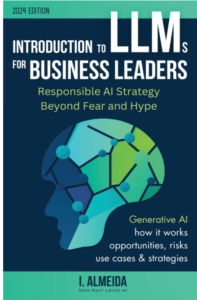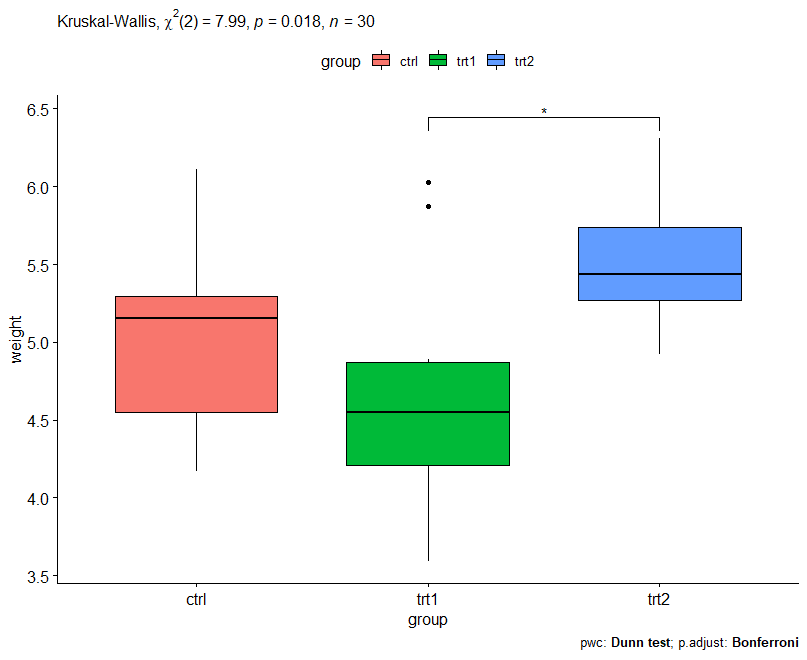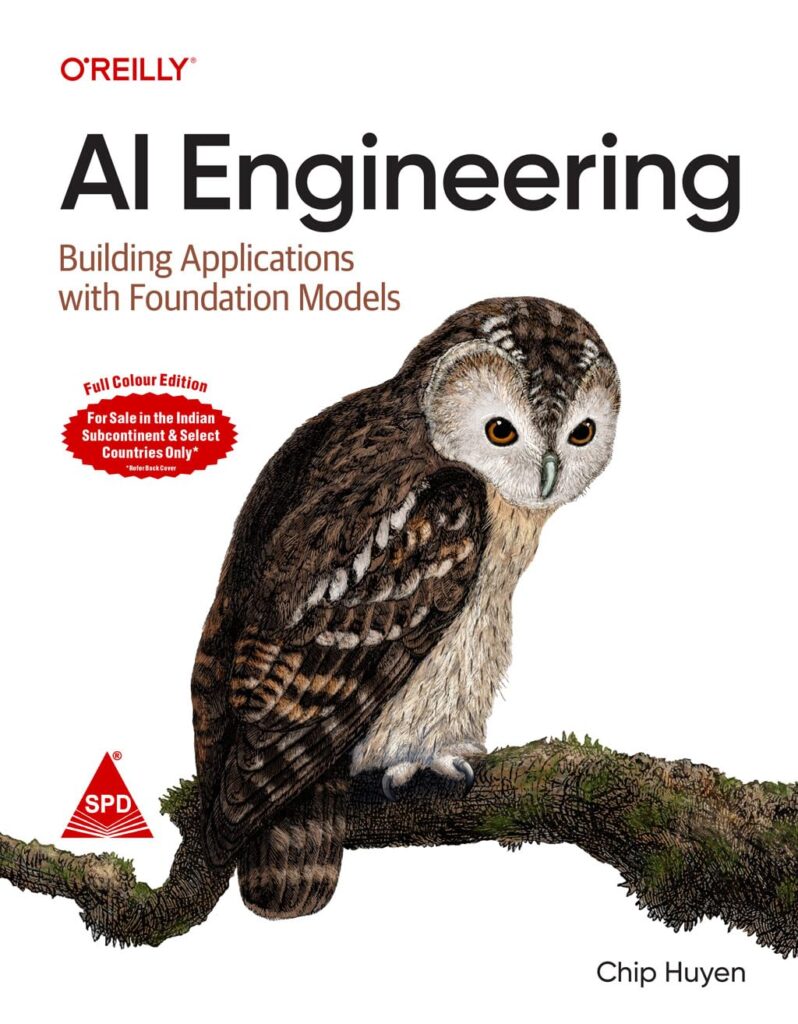R vs Python for Data Science
R vs Python for Data Science, Are you starting your journey in data science or looking to sharpen your skills?
One of the most common questions beginners ask is: Should I learn R or Python?
R vs Python for Data Science
Both languages are powerful tools for data analysis, visualization, and machine learning, but they each have unique strengths and use cases.
This guide will help you compare R and Python side-by-side, so you can choose the best fit for your goals.
Key Differences Between R and Python
| Feature | R | Python |
|---|---|---|
| Primary Strength | Statistics & Data Visualization | General-purpose & Machine Learning |
| Learning Curve | Steeper for non-statisticians | Beginner-friendly & widely taught |
| Community Focus | Academia & Research | Industry & AI Development |
| Popular Libraries | ggplot2, dplyr, caret | pandas, NumPy, scikit-learn |
| Visualization | Elegant default visuals | Highly flexible with setup |
| Machine Learning | Capable but less mainstream | Industry standard for ML & AI |
| Deployment | Shiny apps for dashboards | Streamlit, Flask, FastAPI |
| Ideal Use Cases | Statistical modeling, research reports | ML, AI, production systems |
The History & Philosophy Behind R and Python
Python was created in the late 1980s by Guido van Rossum with a focus on simplicity and readability.
Initially a general-purpose programming language, Python evolved into a data science powerhouse thanks to libraries like NumPy, pandas, and scikit-learn.
Today, Python dominates in machine learning, AI, web development, and automation.
R, developed in the early 1990s by statisticians Ross Ihaka and Robert Gentleman, was designed specifically for statistical computing and data visualization.
It’s favored in academia, research, and sectors that require rigorous statistical analysis and high-quality graphics.
Syntax & Ease of Learning
Python is renowned for its clean, readable syntax, making it an excellent choice for beginners. Here’s how you read a CSV file in both languages:
Python:
import pandas as pd
df = pd.read_csv("data.csv")R:
df <- read.csv("data.csv")Data Visualization:
Python (Matplotlib):
import matplotlib.pyplot as plt
plt.scatter(df["temperature"], df["ice_cream_sales"])
plt.xlabel("Temperature")
plt.ylabel("Ice Cream Sales")
plt.show()R (Base Plot):
plot(df$temperature, df$ice_cream_sales,
xlab = "Temperature", ylab = "Ice Cream Sales", main = "Sales vs Temperature")Data Cleaning & Manipulation
Both languages excel at cleaning messy data:
- Removing missing values
- Filtering rows
- Creating new columns
- Merging datasets
Python (pandas):
df_cleaned = df.dropna()
high_sales = df[df["sales"] > 100]
df["profit"] = df["revenue"] - df["cost"]
merged_df = pd.merge(df1, df2, on="id")R (tidyverse):
library(tidyverse)
df_cleaned <- drop_na(df)
high_sales <- filter(df, sales > 100)
df <- mutate(df, profit = revenue - cost)
merged_df <- merge(df1, df2, by = "id")Visualization & Reporting
R shines with built-in plotting functions and packages like ggplot2:
ggplot(df, aes(x = category, y = sales)) + geom_bar(stat = "identity")Python offers libraries such as seaborn and plotly:
import seaborn as sns
sns.barplot(x="category", y="sales", data=df)Advanced Statistical Analysis
R is the gold standard for statistical tests:
model <- lm(score ~ hours_studied, data = df)
summary(model)Python provides similar capabilities through libraries like statsmodels:
import statsmodels.api as sm
X = df[["hours_studied"]]
X = sm.add_constant(X)
y = df["score"]
model = sm.OLS(y, X).fit()
print(model.summary())Machine Learning & Deep Learning
Python is the industry leader in machine learning, AI, and deep learning:
from sklearn.linear_model import LogisticRegression
model = LogisticRegression()
model.fit(X_train, y_train)R supports machine learning via packages like caret, but often relies on Python’s backend for deep learning and NLP:
library(keras)
model <- keras_model_sequential() %>%
layer_dense(units = 128, activation = "relu", input_shape = ncol(X_train))
model %>% compile(optimizer = "adam", loss = "binary_crossentropy")
model %>% fit(as.matrix(X_train), y_train, epochs = 10)Ecosystem & Community Support
- Python: Largest community, extensive libraries, and tools for deep learning, web apps, and deployment. IDEs like Jupyter, VS Code, and PyCharm make development smooth.
- R: Strong in academia with dedicated IDEs like RStudio. Excellent for statistical analysis, reporting with R Markdown, and Shiny dashboards.
Deployment & Production
Python makes deploying models easy with frameworks like FastAPI and Flask:
from fastapi import FastAPI
app = FastAPI()
@app.get("/")
def read_root():
return {"message": "Hello, World"}R offers Shiny and plumber for internal apps and dashboards:
library(plumber)
pr <- plumb("api.R")
pr$run(port = 8000)Can You Use Both Together?
Absolutely! Many data teams leverage both R and Python, integrating them seamlessly.
Tools like reticulate (R package) and rpy2 (Python package) enable cross-language workflows, giving you the best of both worlds.
Final Thoughts: Which Language Should You Learn?
- Choose Python if you want a versatile language suited for machine learning, AI, web development, and production deployment.
- Opt for R if your focus is statistical analysis, research, and creating publication-quality visualizations.
Tip: Learning both can significantly expand your data science toolkit and open up more opportunities.
Ready to dive into data science? Whether you choose R, Python, or both, mastering these languages will empower you to analyze data, build models, and deliver insights like a pro.
Need visual guides or coding examples? Feel free to ask!





